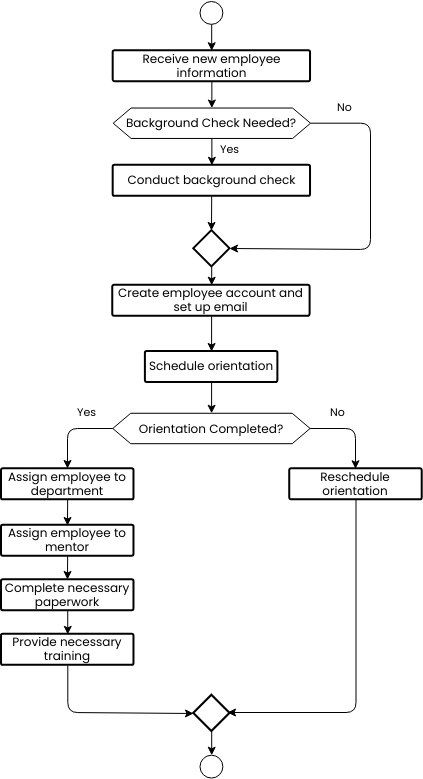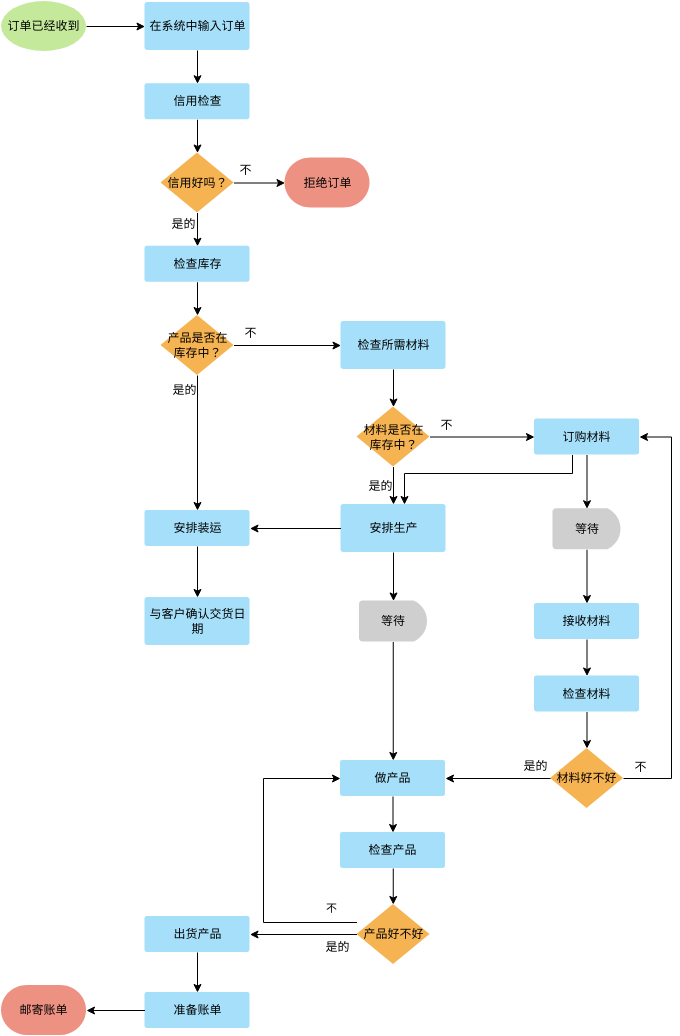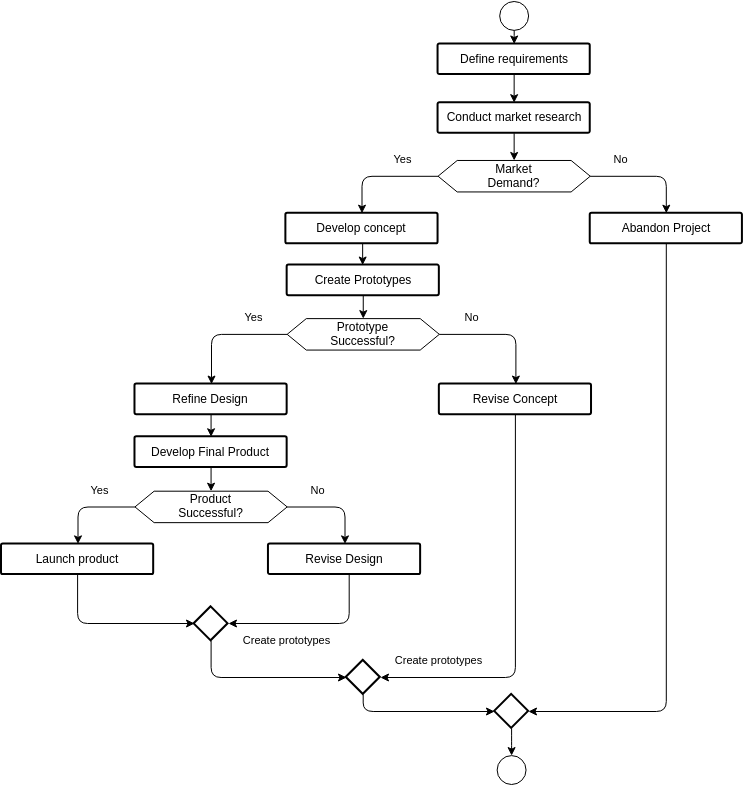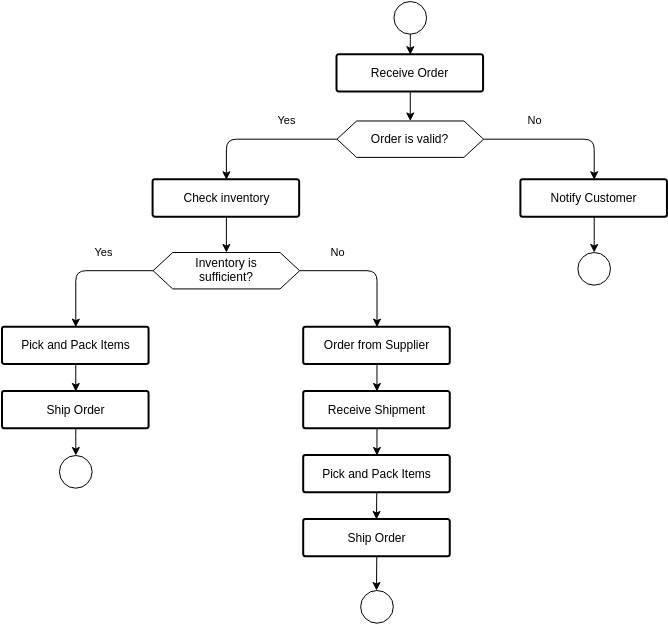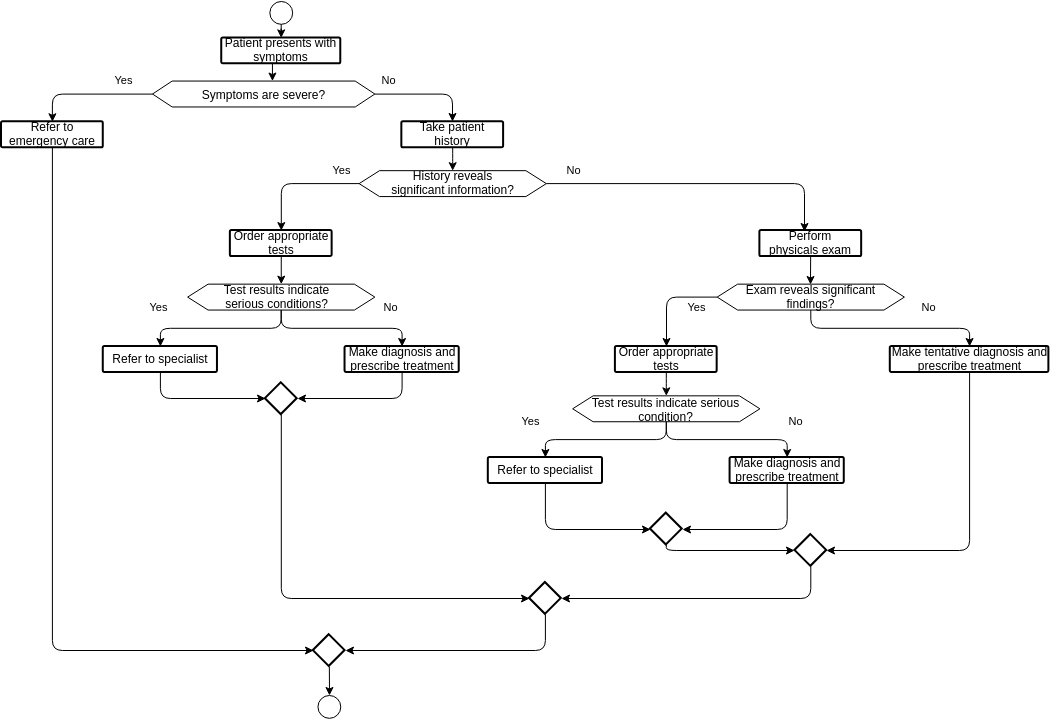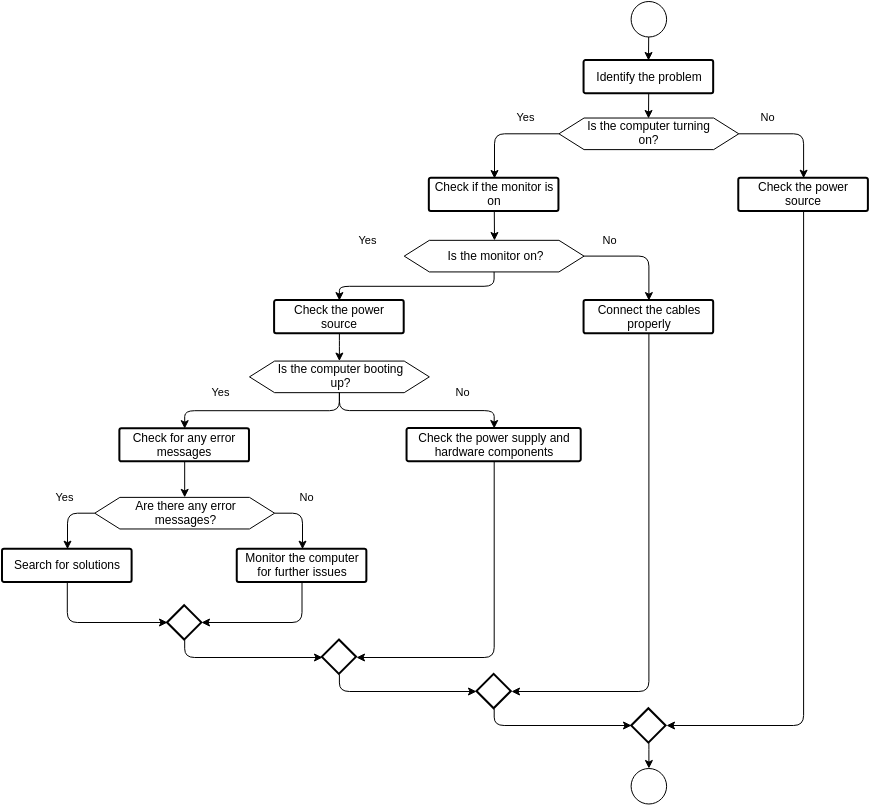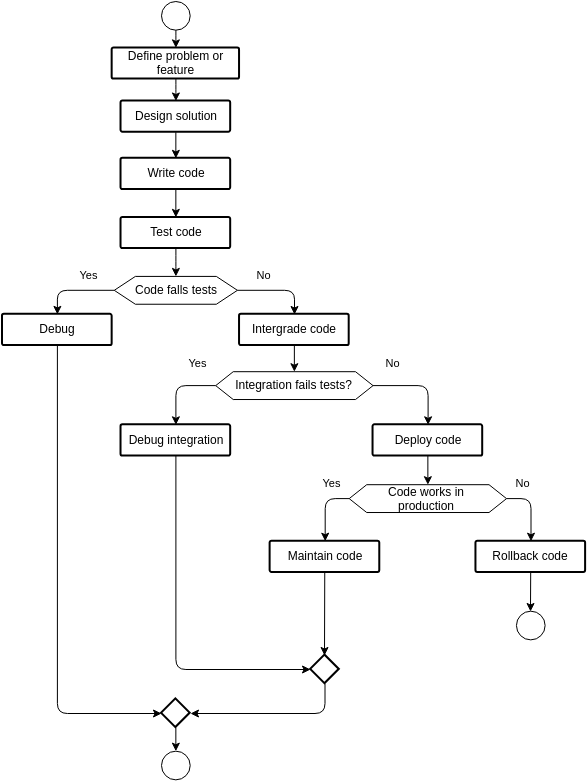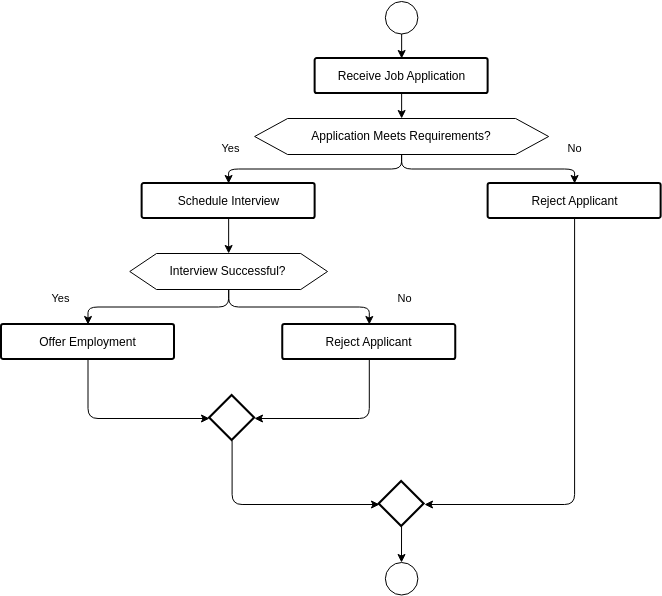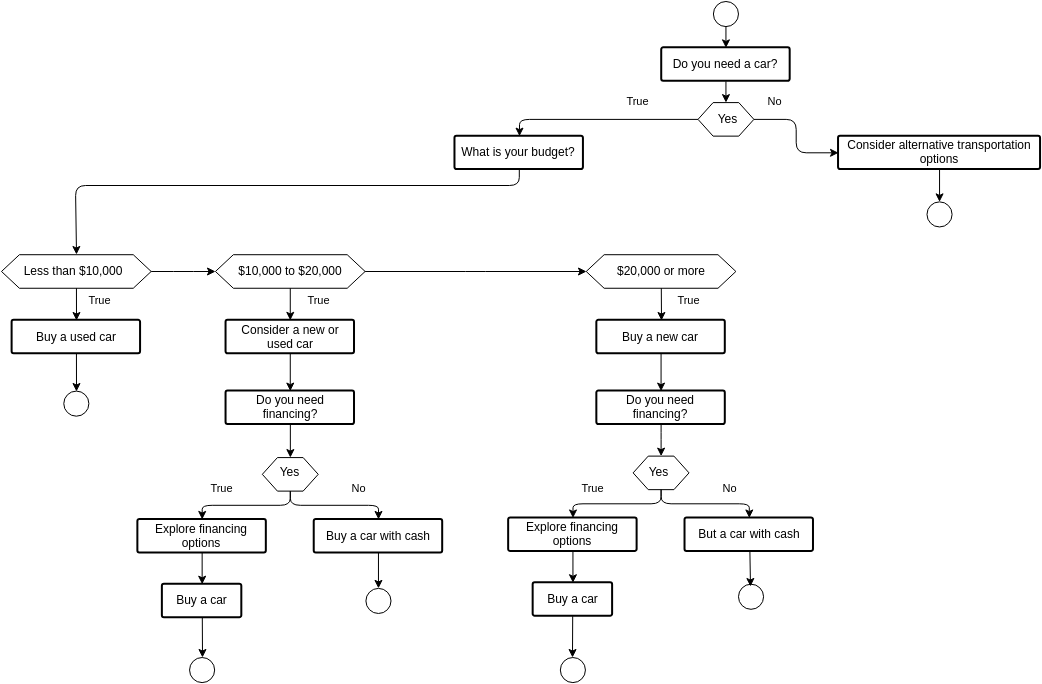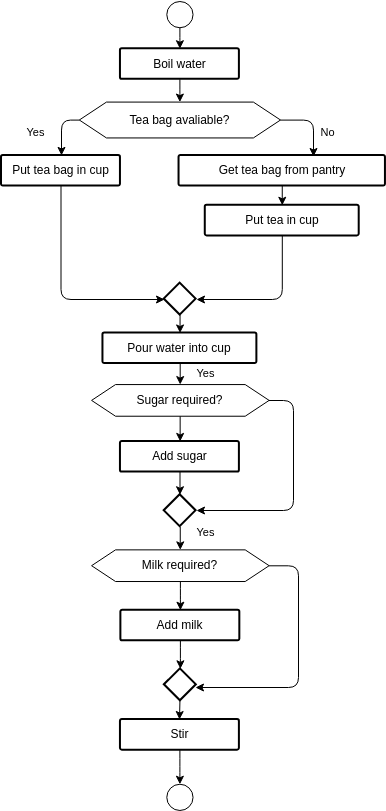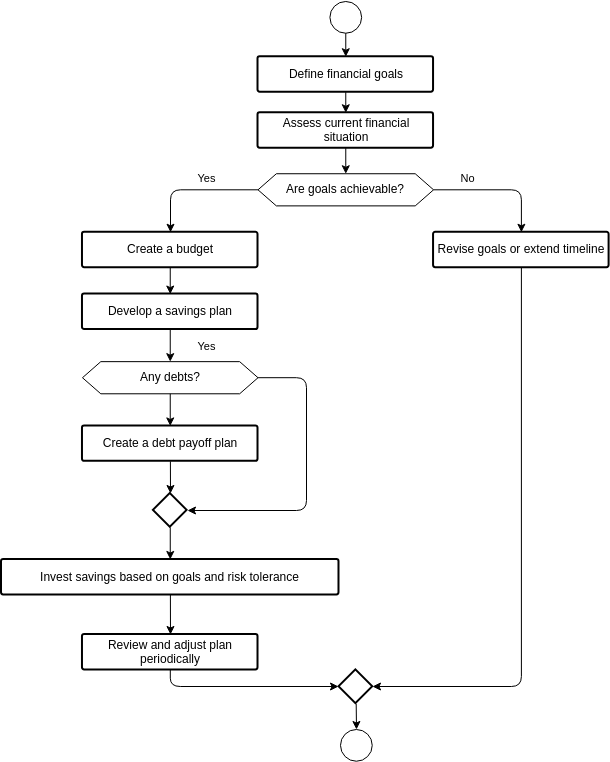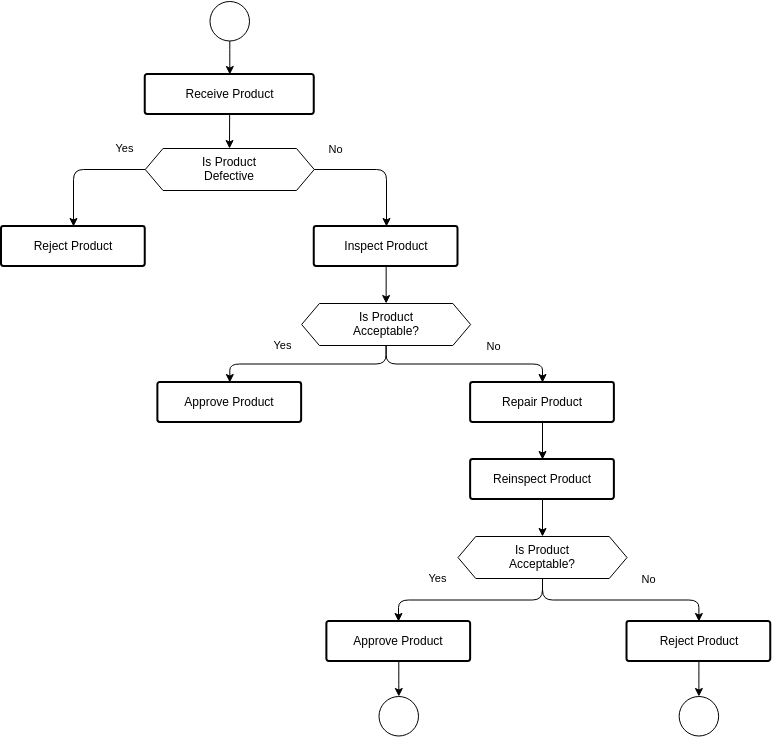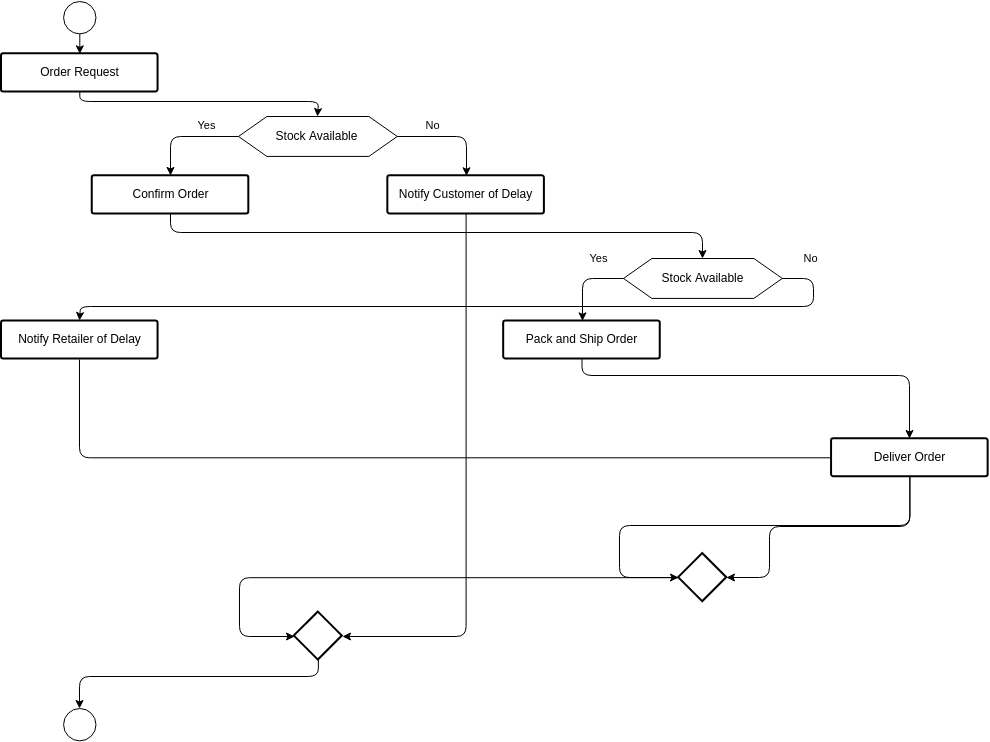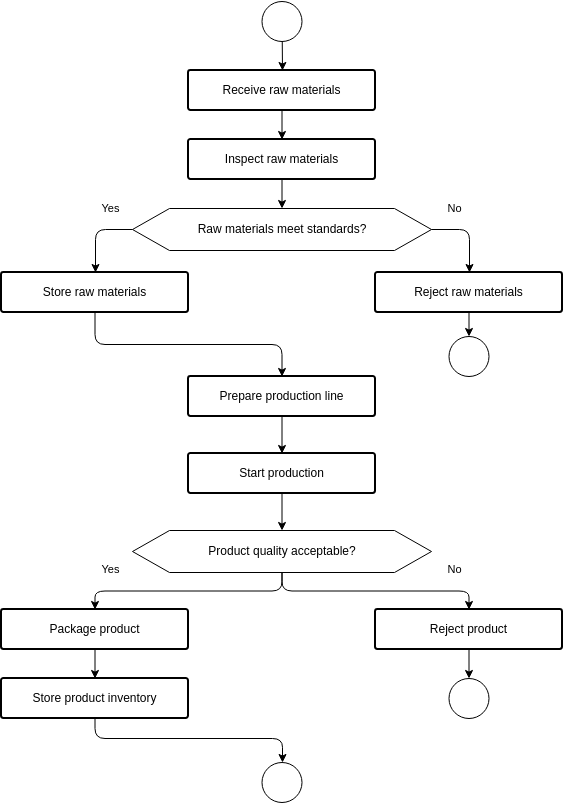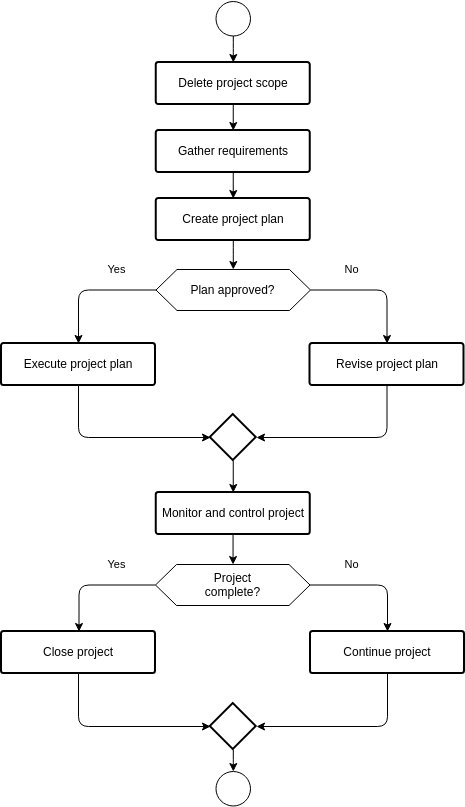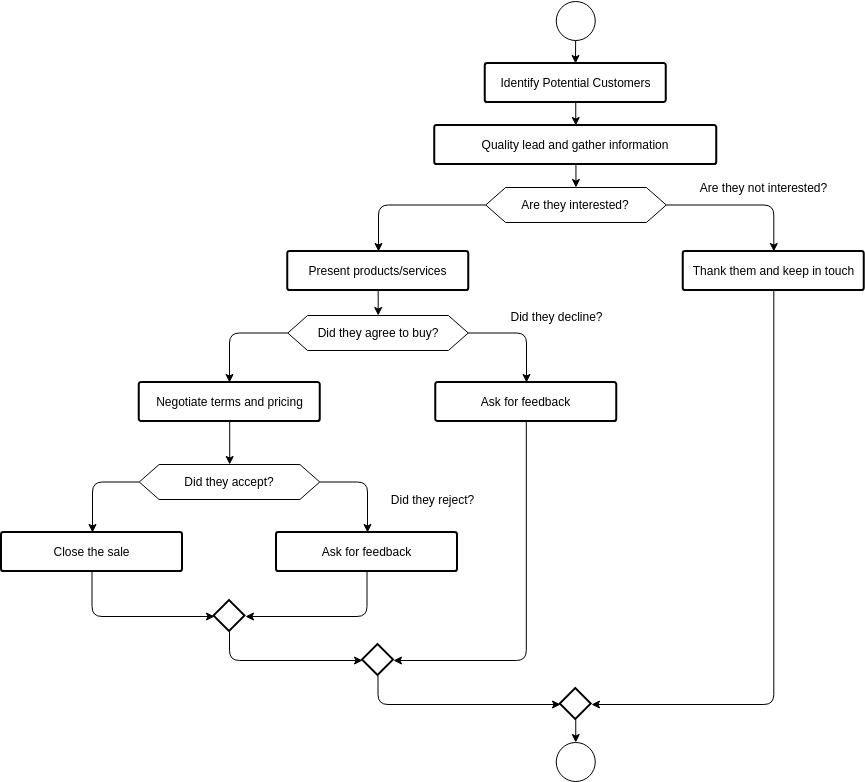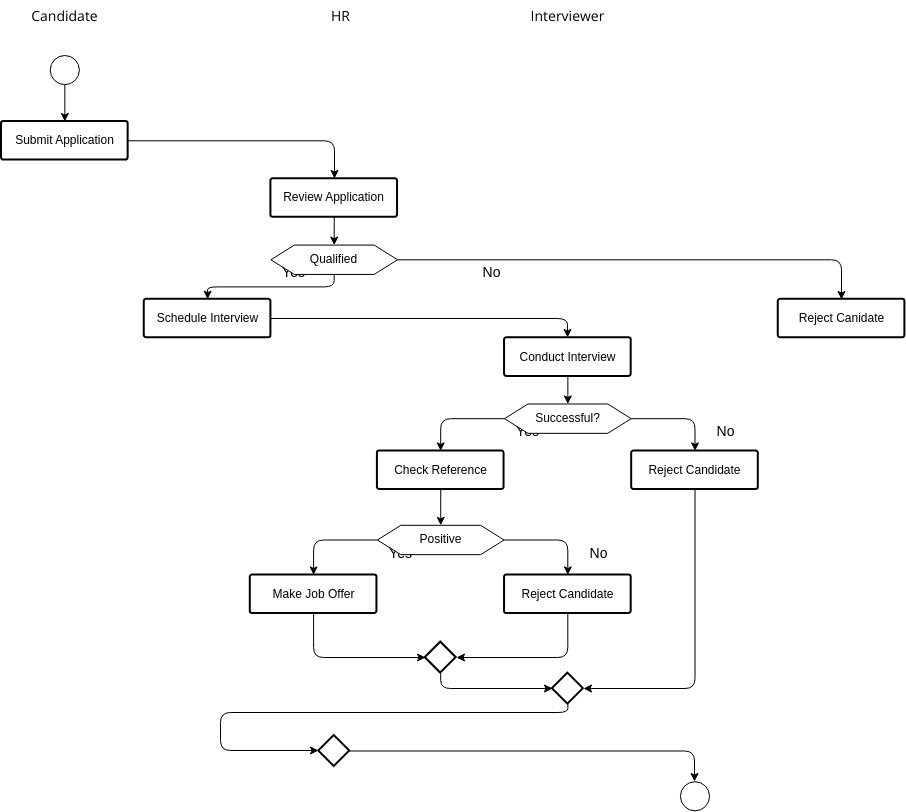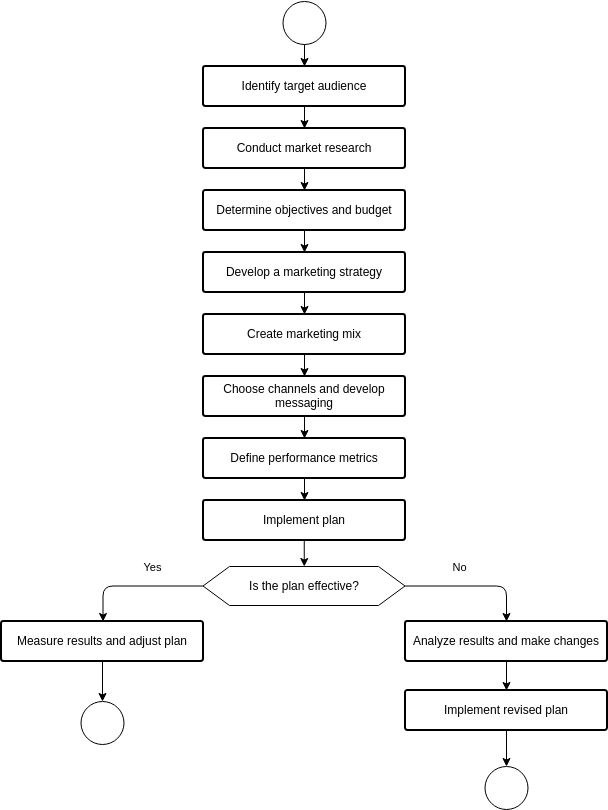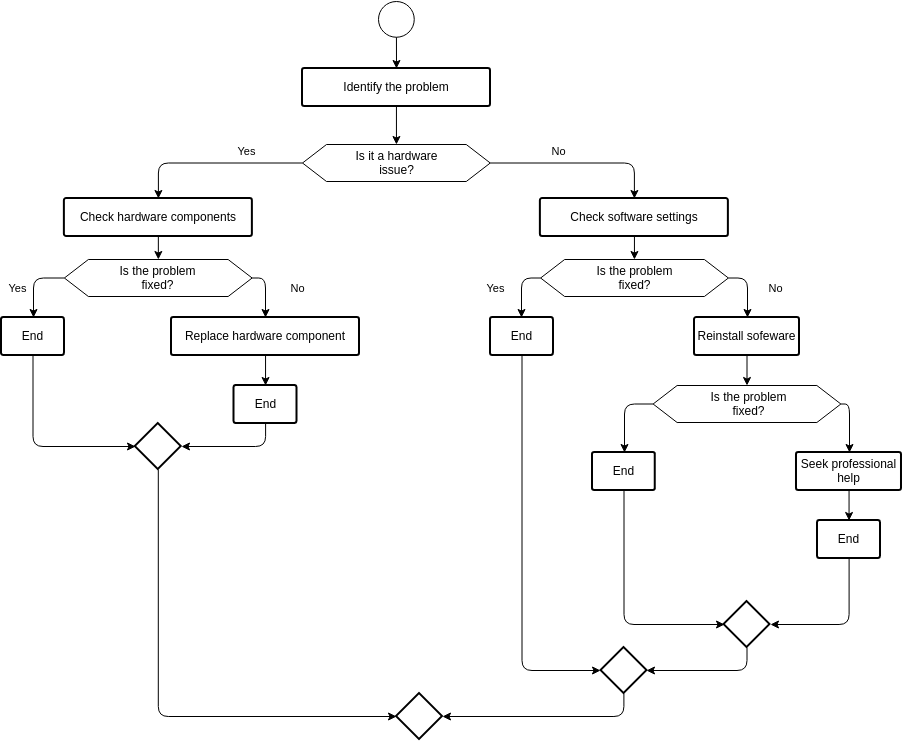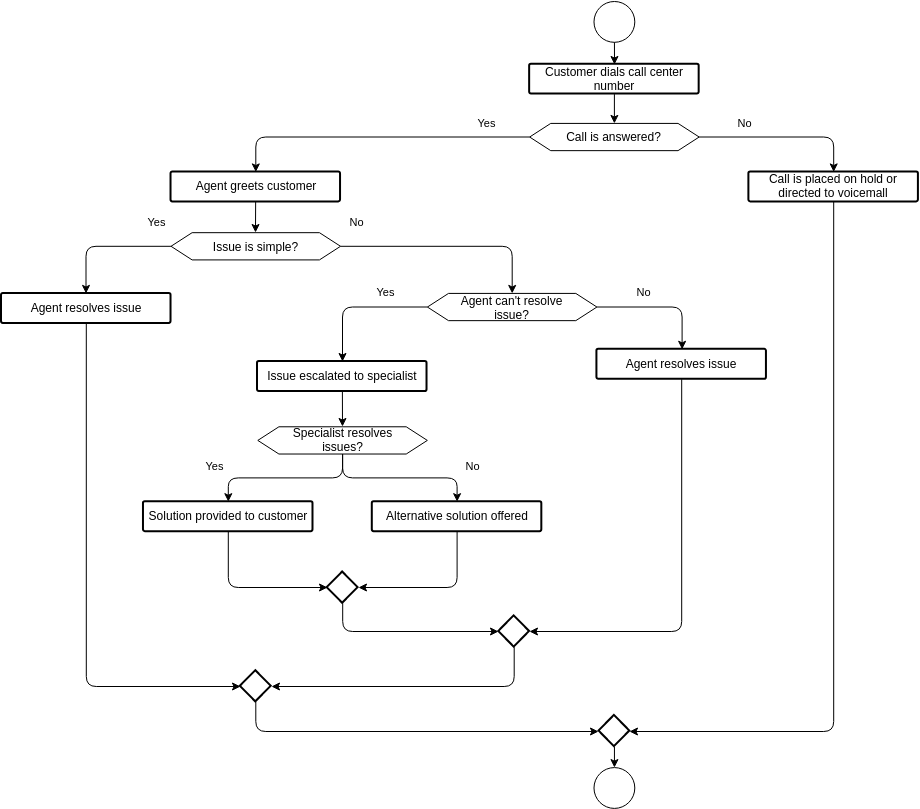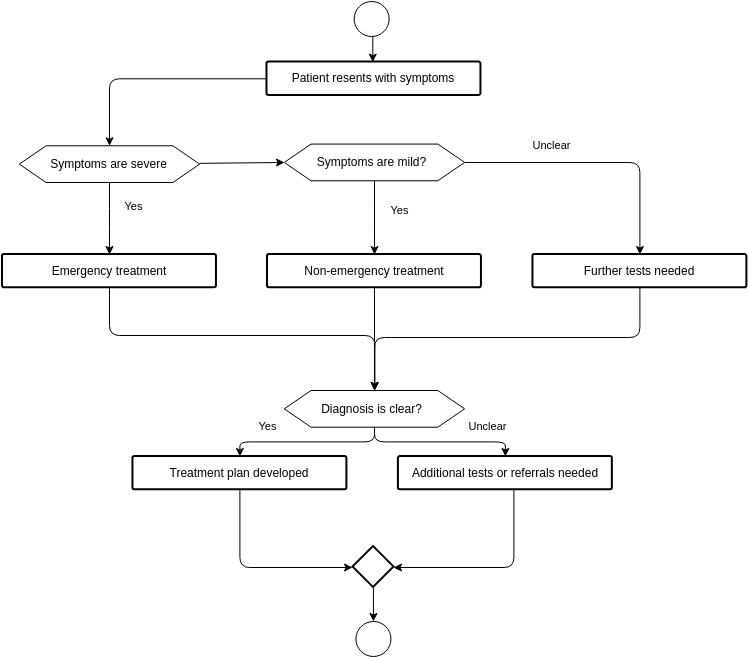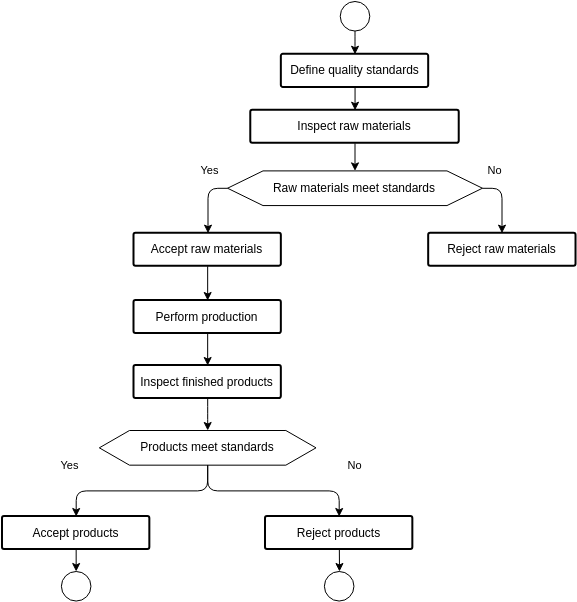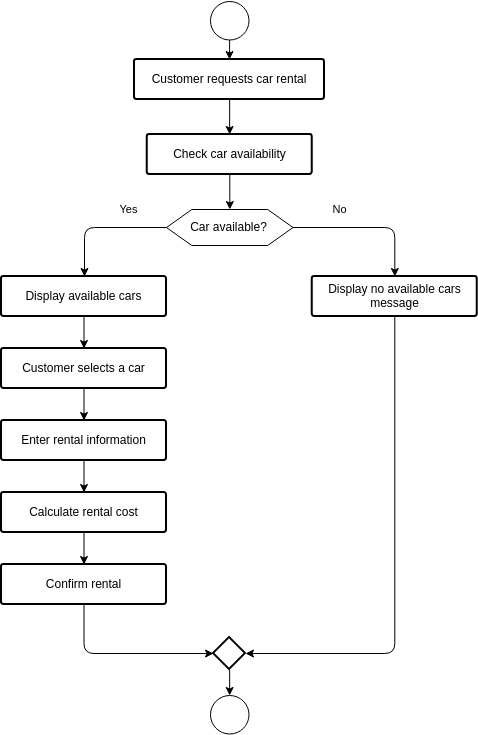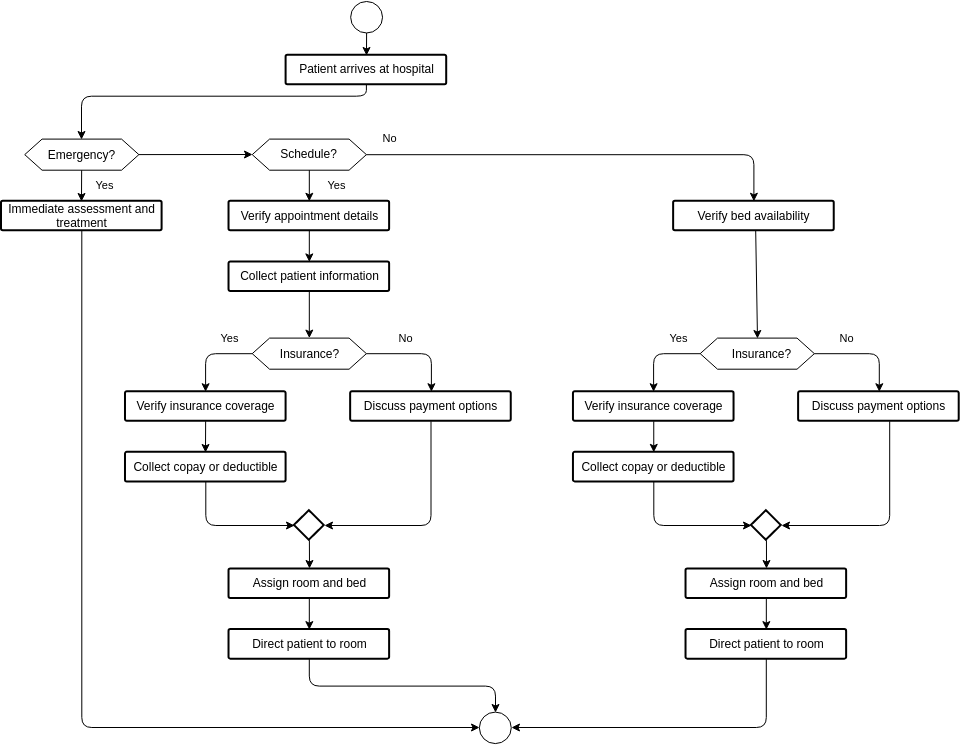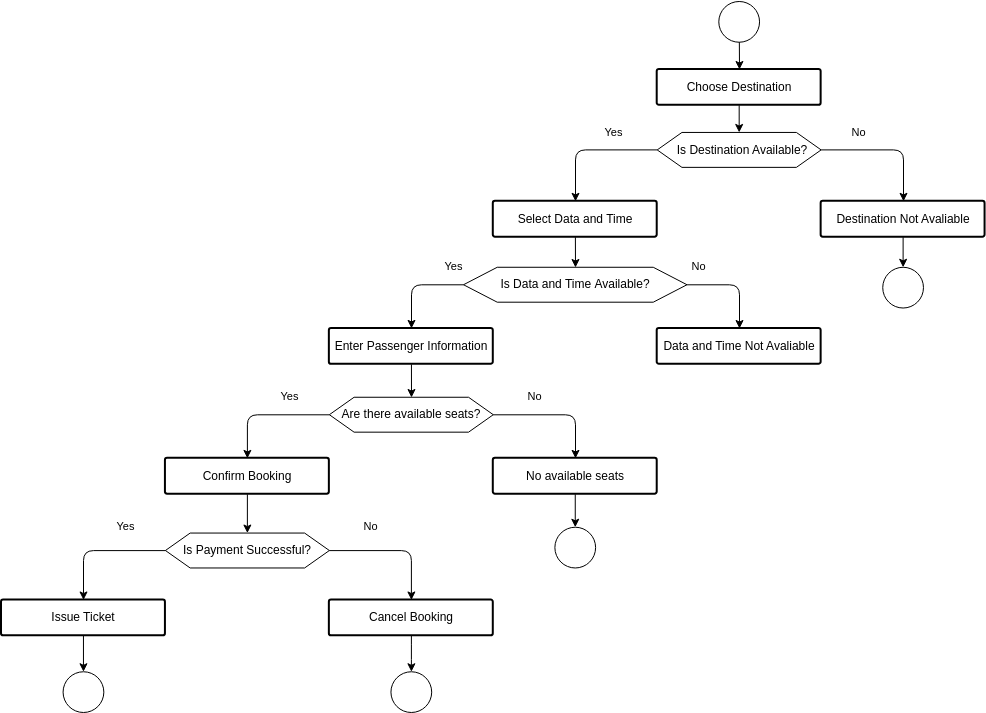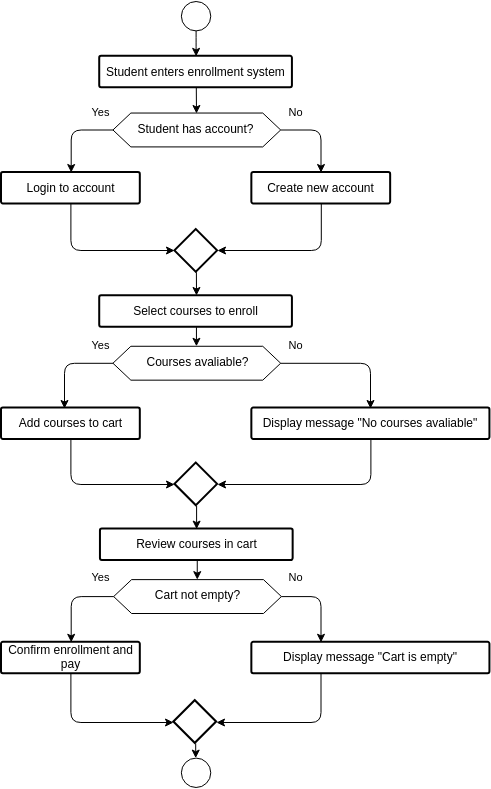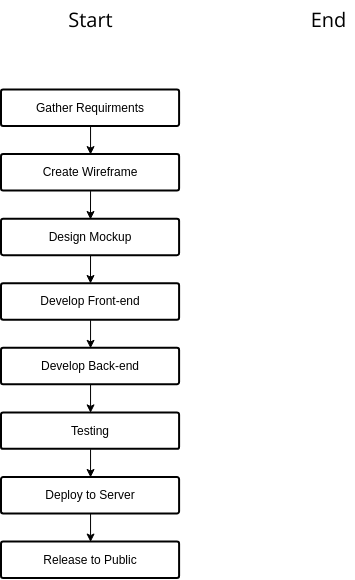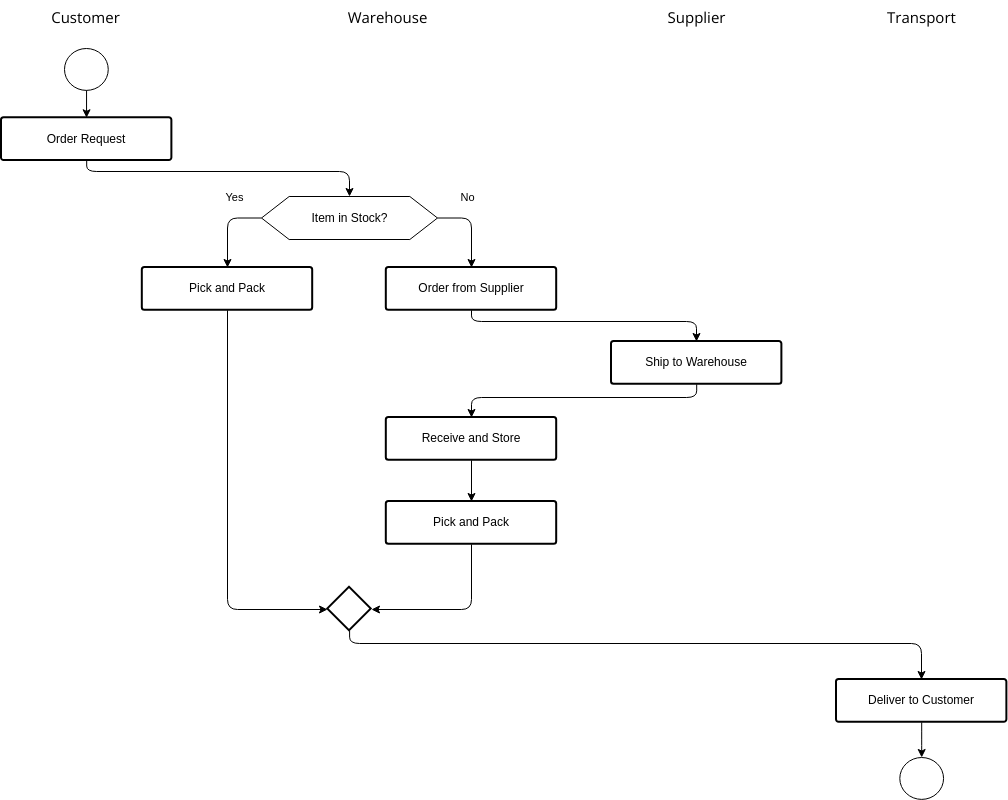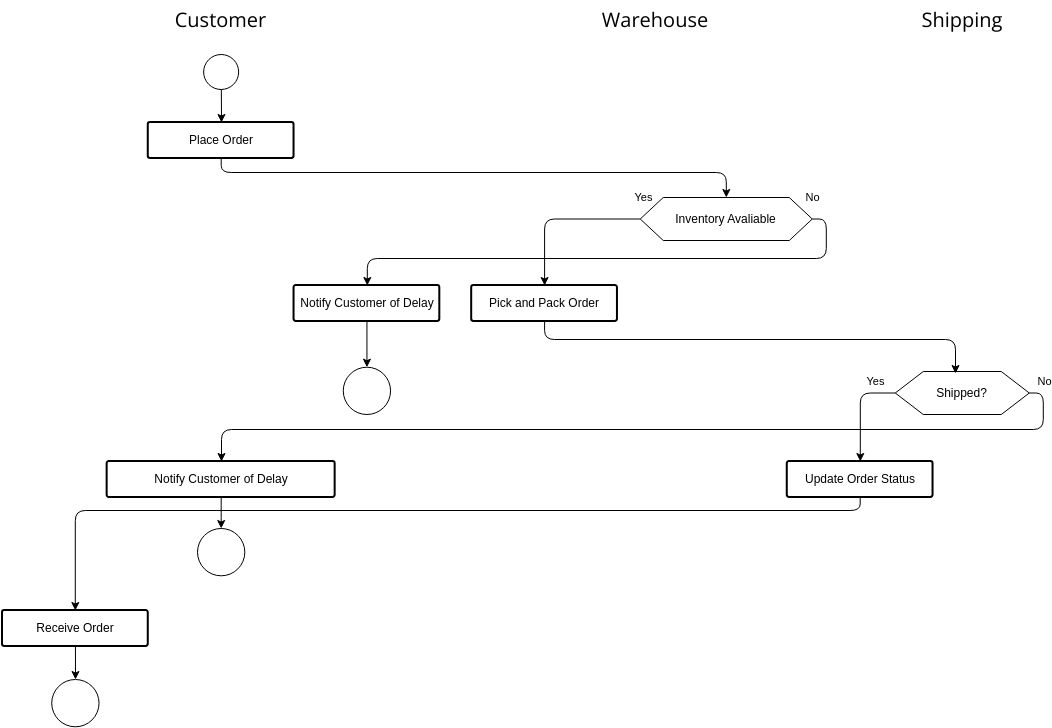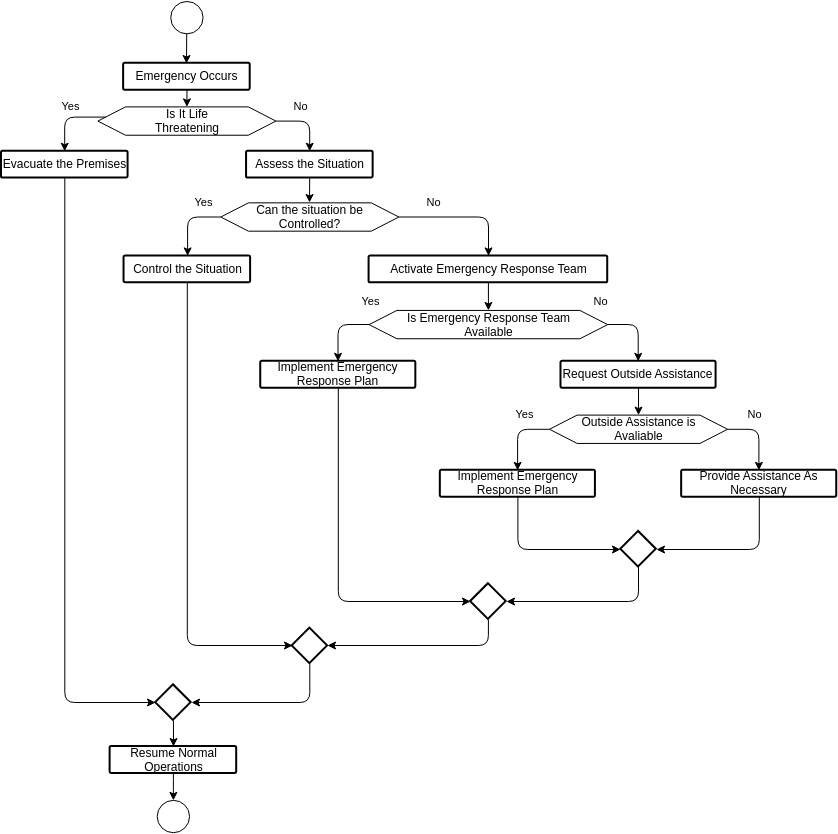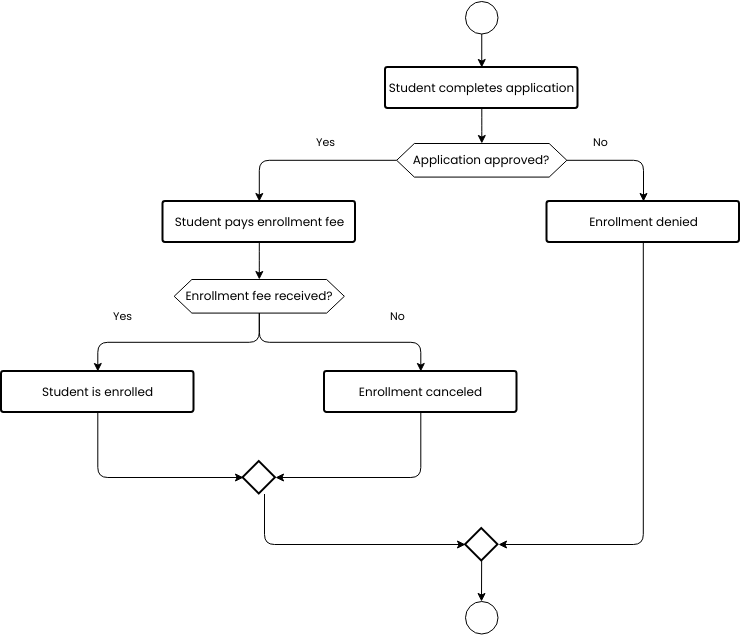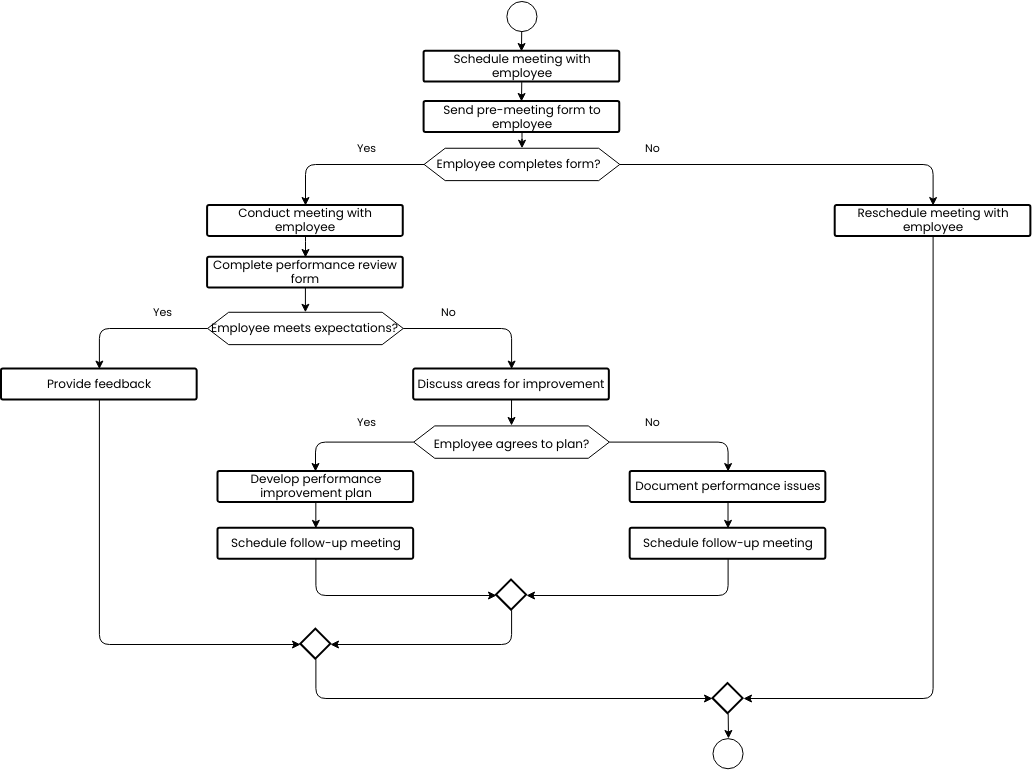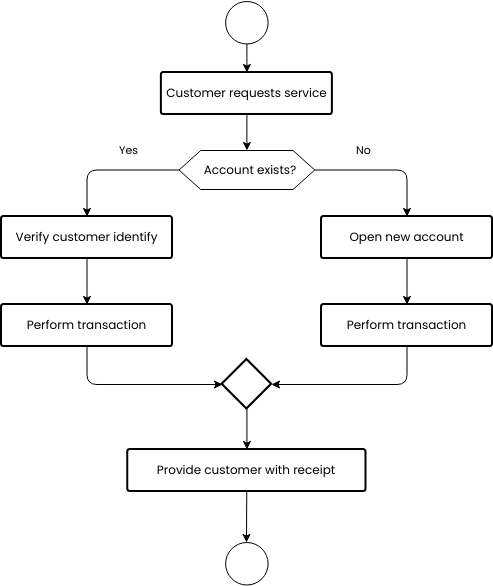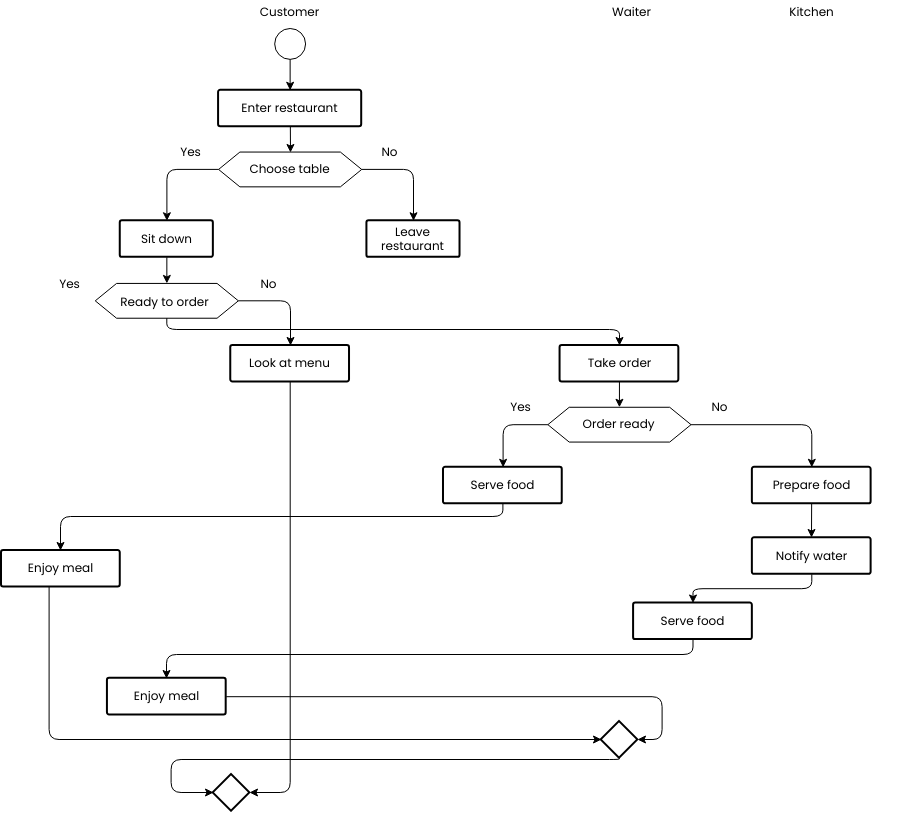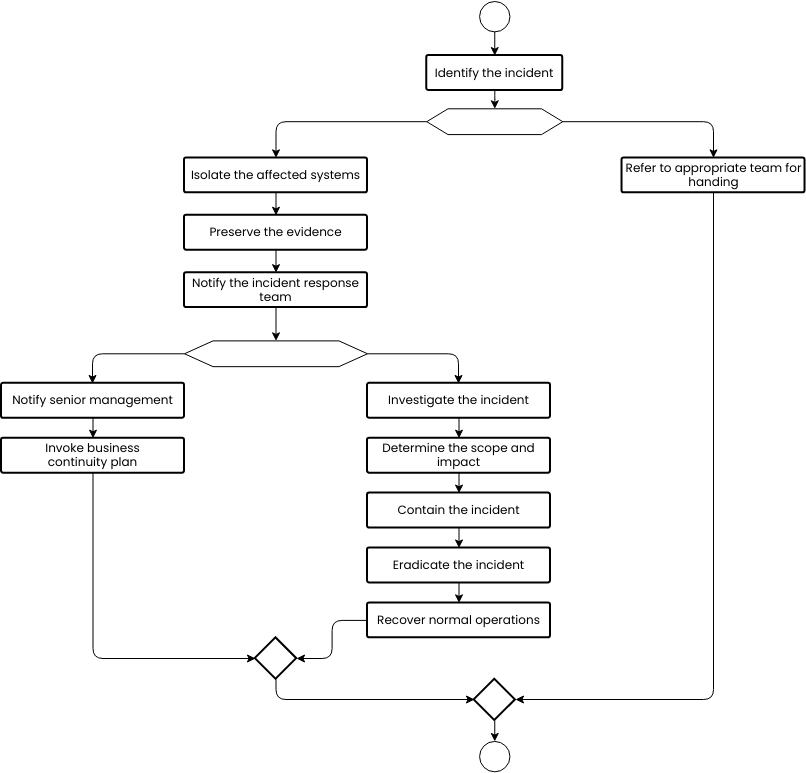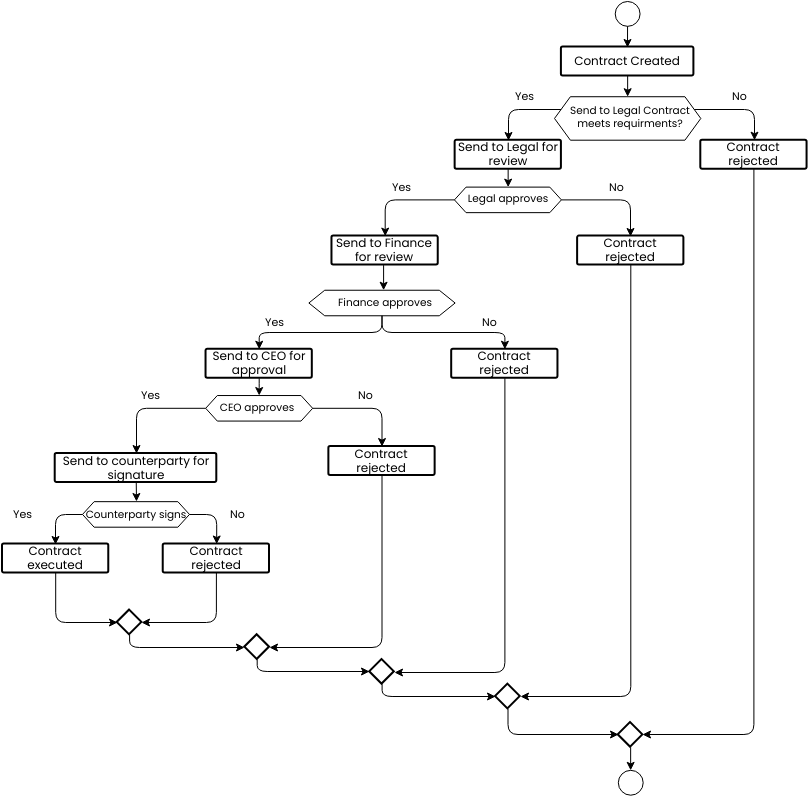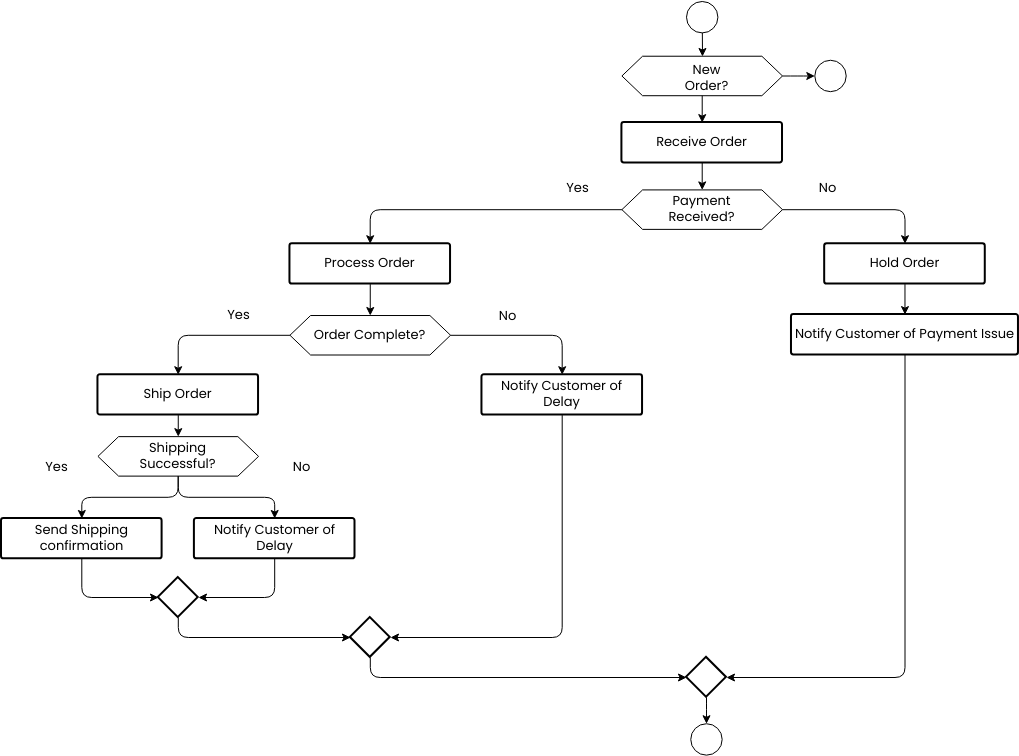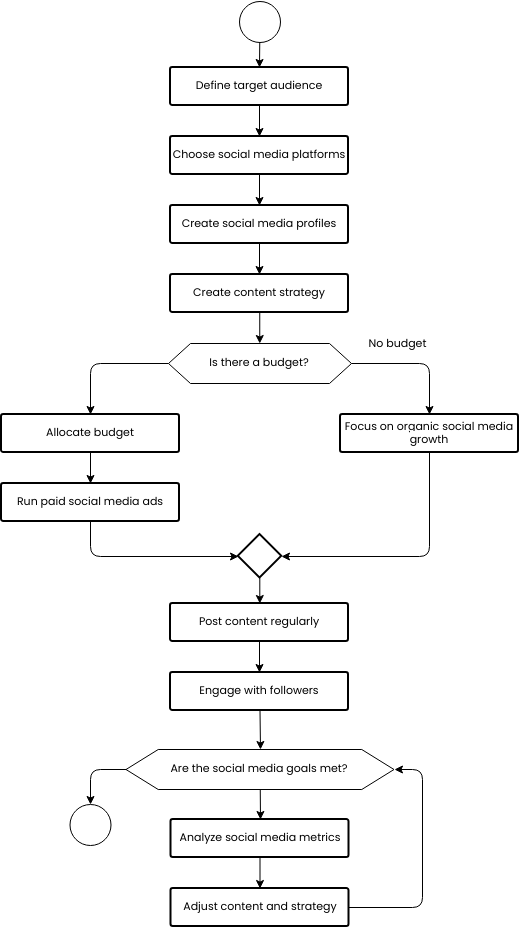Employee onboarding flowchart
The flowchart describes an employee onboarding process that begins with receiving new employee information, followed by conducting a background check, creating an employee account and email, scheduling orientation, assigning the employee to a department, assigning a mentor, completing necessary paperwork, and providing necessary training.
The process begins with receiving new employee information, which could include personal and professional details, as well as any relevant documentation. A background check is then conducted to ensure that the employee meets the required standards for the position.
Once the employee is cleared, an employee account and email are created, and orientation is scheduled to introduce the employee to the organization, its culture, and its policies. The employee is then assigned to a department, where they will work and contribute to the organization's goals.
To support the employee's development and growth, a mentor is assigned to provide guidance and support. Necessary paperwork is completed, such as tax forms and employment agreements, and any necessary training is provided to ensure that the employee has the required skills and knowledge to perform their job effectively.
Overall, this process ensures that new employees are effectively integrated into the organization and provided with the necessary resources and support to succeed in their roles. By following this process, organizations can improve their employee onboarding management, reduce the risk of turnover, and maintain a positive culture and reputation in the market.
What are the benefits of creating this chart?
Creating a flowchart for an employee onboarding process provides several benefits, including standardization, efficiency, transparency, training, and process improvement. The flowchart ensures that the employee onboarding process is consistent and efficient, making it easier for employees to be integrated into the organization.
The visual representation of the process can be used as a training tool for new HR staff or managers, while also helping managers identify areas for improvement. Additionally, the transparent view of the process can build trust and confidence in the organization, improving overall employee satisfaction and retention. Overall, creating a flowchart can help optimize onboarding management, improve operational efficiency, reduce the risk of turnover, and maintain a positive culture and reputation in the market, resulting in improved employee satisfaction and retention.
Do you need templates for flowchart design? Right away, go to Visual Paradigm Online to look at some of your favorite customizable templates.
